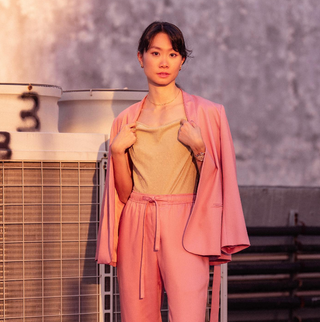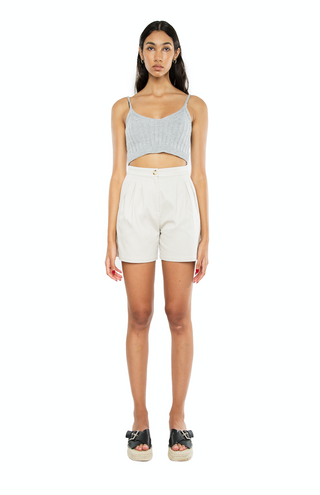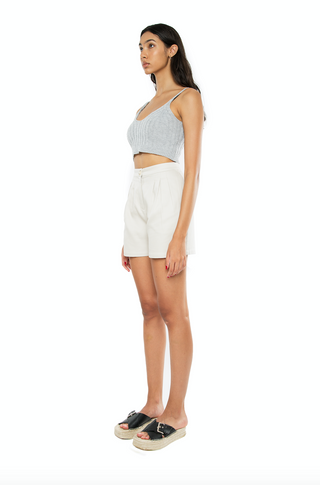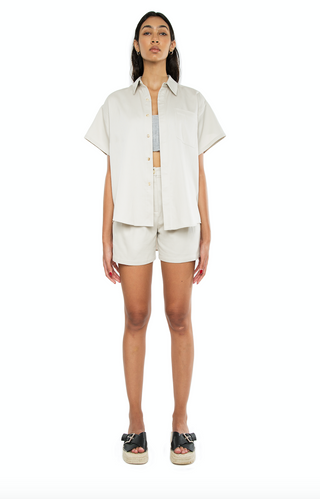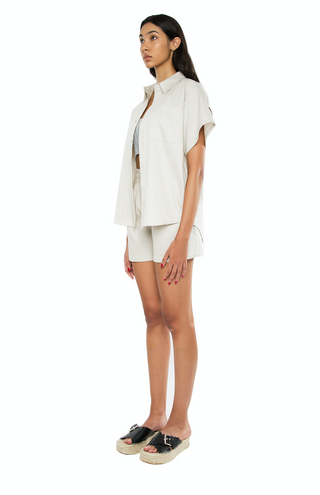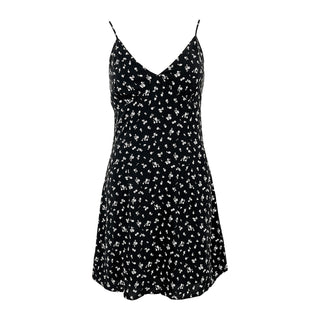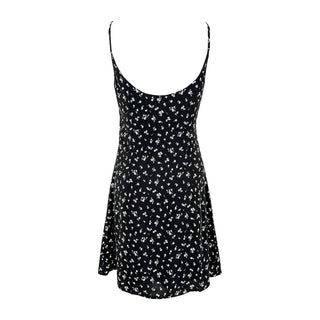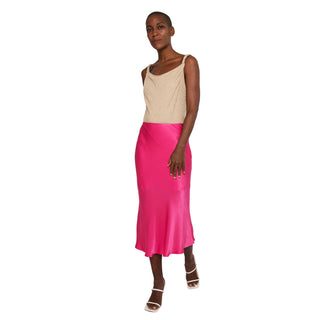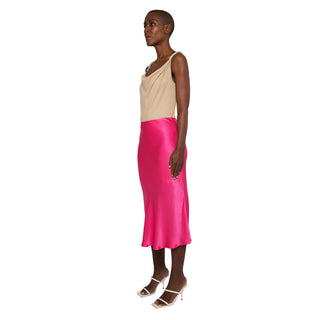
The shift towards sustainable fashion is revolutionizing the industry, with green glamour taking the spotlight and reshaping dress trends. Utilizing materials like TENCEL™ and pineapple leather, these eco-friendly garments are not only fashionable but also crucial for environmental stewardship. Brands are increasingly adopting responsible sourcing, fair trade practices, and recycling initiatives, making sustainable dresses more accessible and desirable. As the demand for eco-chic attire surges, understanding the intricacies behind this trend becomes essential. What makes these sustainable materials so compelling, and how are they transforming consumer choices?
Sustainable Materials in Fashion
Sustainable materials in fashion, such as TENCEL™ made from sustainably sourced wood pulp, are revolutionizing the industry with their eco-friendly properties and stylish appeal. Cotton linen, renowned for its durability and breathability, complements a range of innovative materials like organic cotton, hemp, bamboo, and recycled polyester. The introduction of unique textiles such as pineapple leather and mushroom-based fabrics further exemplifies the industry's commitment to sustainability. These materials not only offer a lower ecological footprint but also open up new horizons for fashion enthusiasts who prioritize both style and environmental responsibility.
TENCEL™: A Sustainable Superstar
TENCEL™ is produced through an environmentally responsible closed-loop process that recycles water and solvents, minimizing waste. Its production requires less water than traditional cotton, making it a more sustainable option. TENCEL™ is also biodegradable, contributing to a circular economy where products are designed to be reused or returned to the environment safely. This fabric is incredibly versatile, used in everything from casual wear to luxurious evening gowns, and its silky texture offers a high-end feel that appeals to fashion-conscious consumers.
Pineapple Leather and Mushroom Fabrics
Innovative materials like pineapple leather, derived from the fibers of pineapple leaves, and mushroom-based textiles, made from mycelium, are making waves in sustainable fashion. Pineapple leather provides a cruelty-free alternative to traditional leather, boasting a similar texture and durability. Mushroom fabrics offer a biodegradable option that is lightweight and strong, suitable for a variety of clothing and accessories. These materials represent the future of fashion, combining sustainability with cutting-edge design.
Benefits of Sustainable Dresses
Incorporating these eco-friendly fabrics into fashion not only minimizes environmental degradation but also brings a multitude of benefits to sustainable dresses. These garments significantly reduce environmental impact by utilizing materials that require less water and fewer pesticides. The durability and timeless charm of linen ensure a long-lasting wardrobe staple, while breathable and lightweight fabrics like TENCEL™ offer exceptional comfort. Furthermore, innovative materials such as pineapple leather and mushroom-based textiles redefine fashion possibilities, allowing for stylish, eco-conscious choices. Embracing sustainable dresses empowers consumers with the freedom to make fashion-forward decisions that are both ethically sound and environmentally friendly, ultimately fostering a more sustainable future for the fashion industry.


